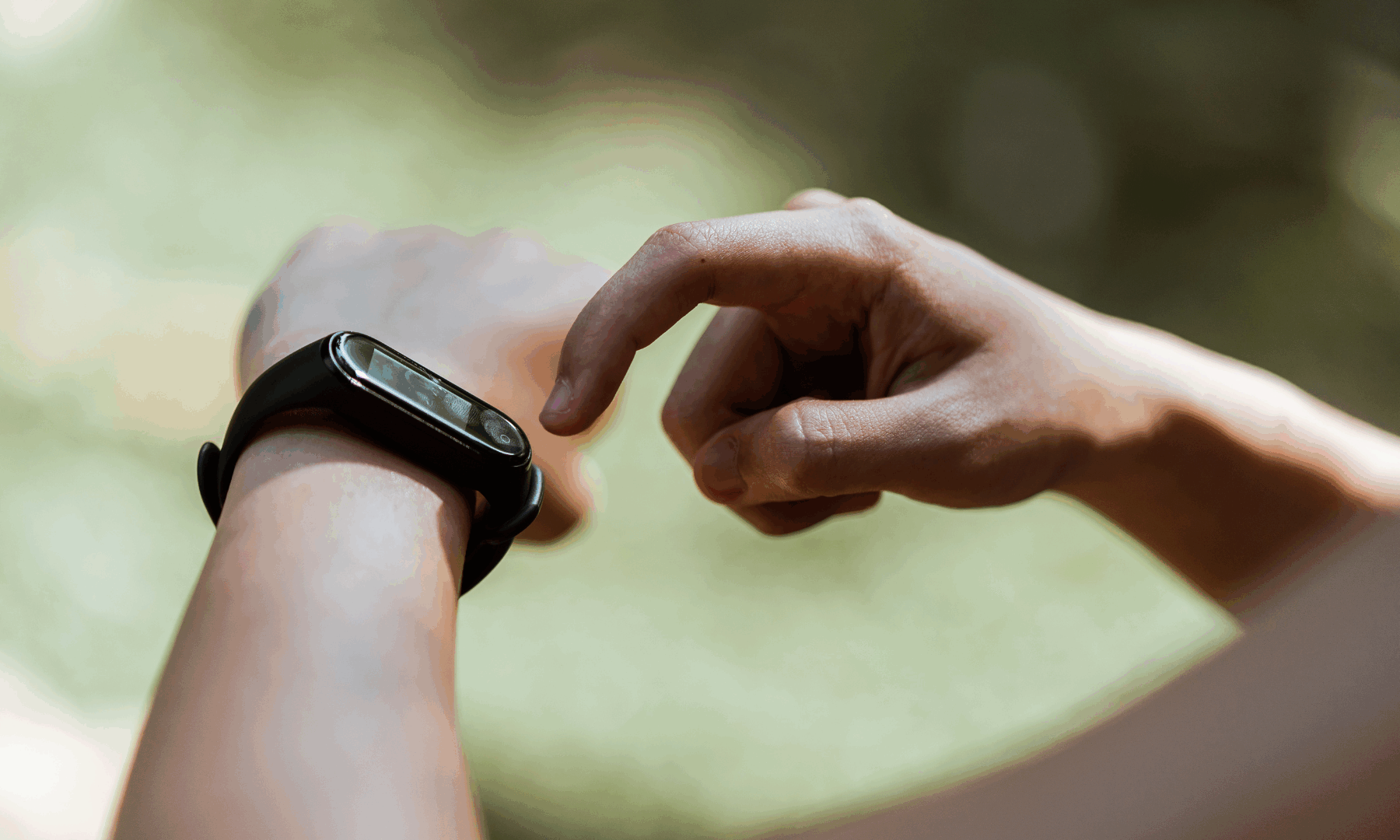The global smart-watch market is on an accelerated growth path, projected to reach USD 105.2 billion by 2032, expanding at a CAGR of 15.43%. In India, the segment is expected to grow at an impressive CAGR of 22.9% between 2025 and 2033. This surge highlights a shift from smart-watches being mere lifestyle accessories to essential health companions, as the industry increasingly focuses on health-centric features like real-time monitoring, predictive alerts, and wellness integration across personal and professional spaces.
Smart-watches: Transitioning from Trendy to Essential
Globally, the smart-watch market growth is driven by increased health awareness, technological advancements, and the integration of features such as heart rate monitoring, sleep tracking, and fitness tracking.
In India, the smart-watch segment saw notable growth, with shipments increasing 74% year-over-year to reach 53.2 million units in 2023. However, in 2024, the Indian wearables market experienced its first annual decline, with shipments falling 11.3% year-on-year to 119 million units, primarily due to a 34.4% drop in smart-watch sales. This decline has been attributed to subdued innovation and a lack of technological advancements, leading to lower consumer demand.
Market Potential: A Global and Indian Perspective
The global wearable technology market is on an upward trajectory, projected to expand from USD 157.30 billion in 2024 to USD 1,695.46 billion by 2032, with a CAGR of 34.6%. The surge is being driven by widespread adoption across healthcare, fitness, and personal wellness, with smart clothing and wearable devices gaining momentum due to advancements in AI and sensor technology.
In India, despite the recent dip, the long-term outlook remains promising. The country’s young demographic, rising health consciousness, and competitive pricing offer a fertile ground for wearable adoption. Emerging product categories such as smart rings and smart glasses are anticipated to register high double-digit growth. These innovations are expected to merge AI and real-time health tracking to meet evolving consumer demands.
Navigating the Challenges: Privacy, Accuracy, and Device Dependency
While the smart-watch industry continues to evolve, it faces significant hurdles that threaten to stall its momentum. Chief among these are data privacy concerns, as wearables collect a vast amount of sensitive health information that, if mishandled, can lead to breaches and erode user trust. Accuracy is another persistent issue. Inconsistencies in heart rate, sleep, and stress monitoring features, especially across different skin tones or usage contexts are shown. Furthermore, the reliance on smartphones reduces the viability of wearables in rural and underserved areas with low smartphone penetration that limits adoption in key emerging markets. Lastly, market saturation and slow-paced innovation have already begun affecting shipment volumes, as seen in India’s 34.4% smart-watch sales drop in early 2024. If unaddressed, these challenges may constrain growth, deter investor confidence, and limit the sector’s evolution from lifestyle tech to essential health infrastructure.
Strategic Outlook
To regain momentum, companies must prioritize innovation beyond incremental upgrades, leveraging AI, predictive analytics, and independent capabilities to meet evolving healthcare needs. Strengthening data privacy compliance will be key to avoid regulatory setbacks and maintaining user trust. Expanding into B2B channels, such as corporate wellness programs and insurance-linked offerings, can diversify revenue streams and improve market resilience. With smart-watch saturation in metropolitan areas, focusing on tier-2 and tier-3 cities offers high growth potential. A balanced approach that combines consumer-centric features with enterprise integration will position brands as long-term players in the digital health ecosystem.
For More details

